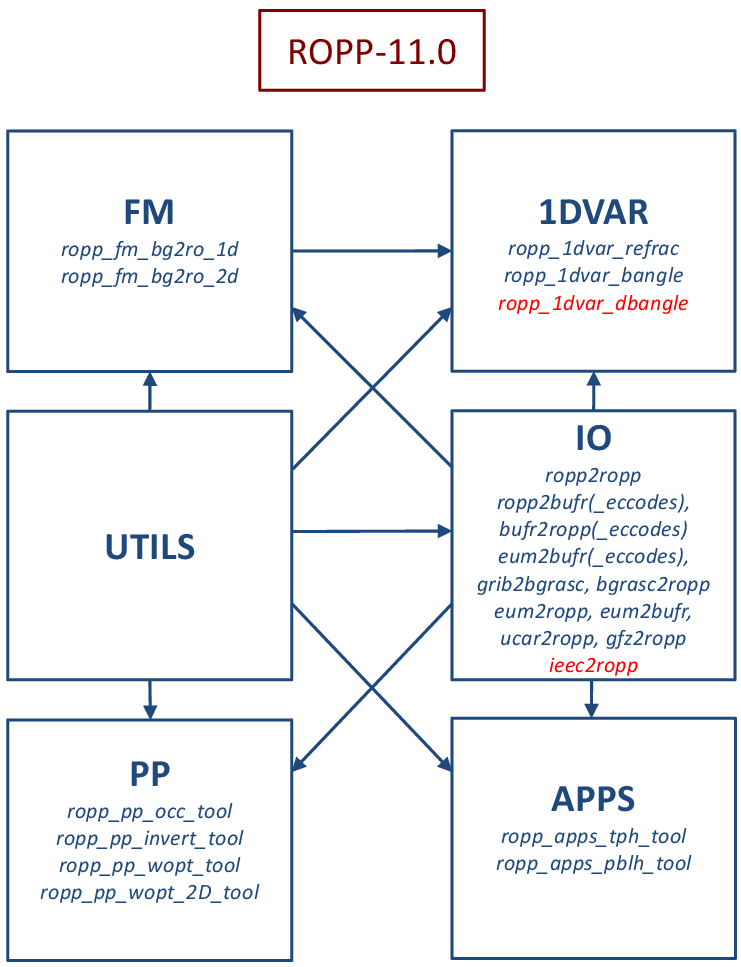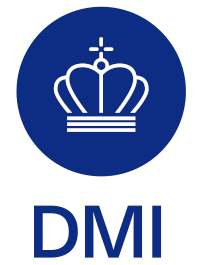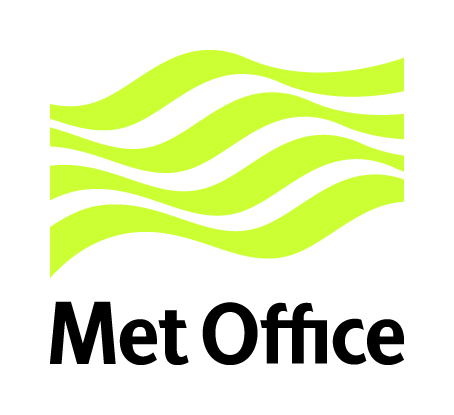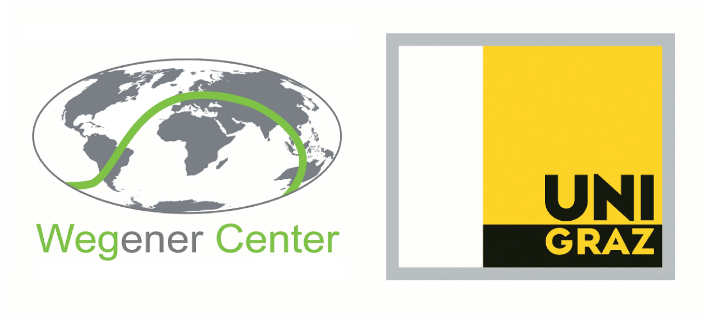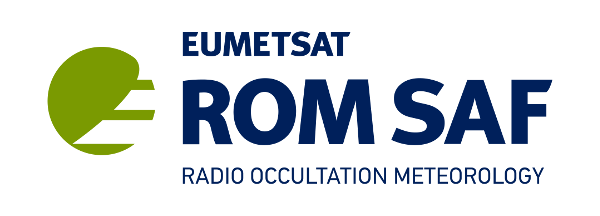GRM-16: ROPP Software Deliverable
The
Radio Occultation Processing Package (ROPP) is a package of software (as source code) and supporting build and test scripts, data files and documentation, which will aid users wishing to process, quality-control and assimilate radio occultation data from any radio occultation mission into NWP and other models. The current ROPP software version is ROPP-11.0. The actual release date for the ROPP-11.0 package is 26 January 2022, although the documentation and code are tagged with the nominal release date of 31 December 2021.
Users wishing to obtain the ROPP code will need to first register via the
registration page and agree to the terms and conditions of the software licence. There is no charge for the package. Registered users should
login and access the ROPP package from the
download page.
ROPP documents
Before downloading the package it is recommended that users refer to the ROPP Release Notes and ROPP Overview document. The ROPP User Guide documents provides further information on each of the software modules.
ROPP structure
Users may wish to integrate a subset of ROPP code into their own software applications, individually linking subroutines or modules to their own code. These users may not require the complete ROPP distribution package. Alternatively, users may wish to use the executable tools provided as part of each module as stand-alone applications for RO data processing. These users should download the complete ROPP release.
The ROPP software is split into several modules. The dependencies between modules are shown in the figure below. (Items new at ROPP-11.0 are in red.) Stand-alone executable tools are also provided with each module. The following modules are available:
